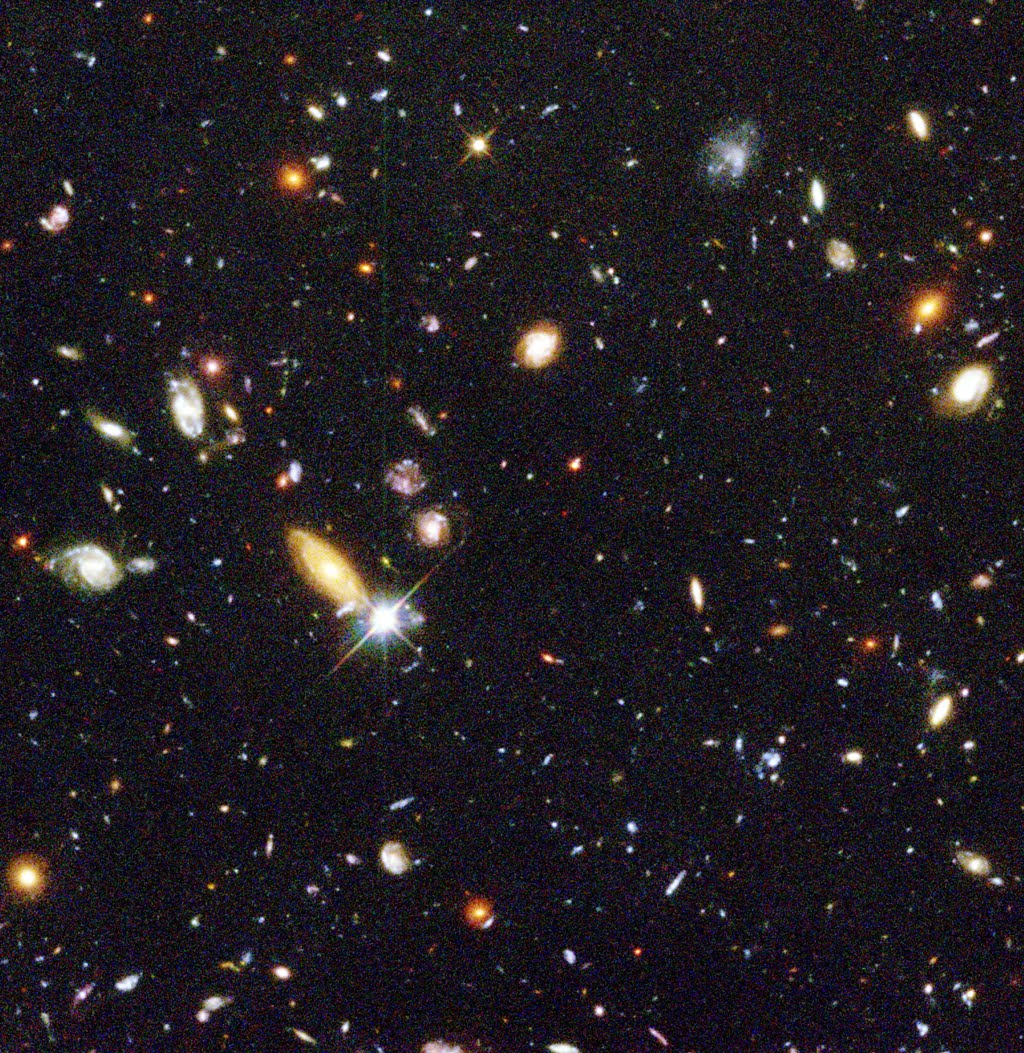
Mitochondria are organelles located in the cells of eukaryotic species. They provide these cells with most of their supply of cellular energy (which is derived from dephosphorylation of the chemical ATP [adenosine triphosphate]). They have many other purposes as well, but to delve into them would stray too far from the point I'm trying to show. While the human genome has been largely the more popularized aspect of genomics (for good reasons), each mitochondrion within a cell has it's own genome. The DNA sequences within these mitochondrial genomes are very similar to the genomes of many bacteria. As a result, it has been postulated (and is now largely accepted) that the mitochondria in our cells were once endosymbiotic prokaryotes. Endocytosis allowed these ancient prokaryotes to become "embedded" within the eukaryotes without killing them. This hypothesis is also supported by the size of ribosomes within the mitochondria and the membrane of the mitochondria. This endosymbiotic hypothesis is also accepted for plastids within plant and algae cells.
This site is the coolest mitochondrial genome site I have ever seen. It is the reason I posted about this topic:
http://mitowheel.org/mitowheel.html
Read what wikipedia has to say about mitochondria:
http://en.wikipedia.org/wiki/Mitochondrion







